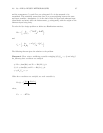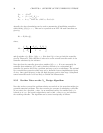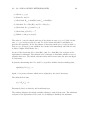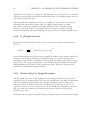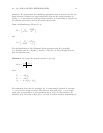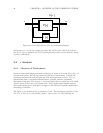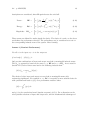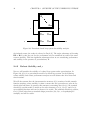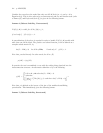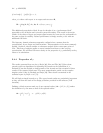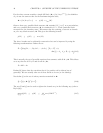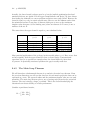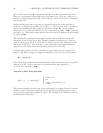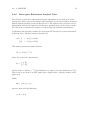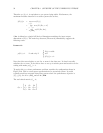2.4. µ ANALYSIS 45
Consider the case where the model has only one full ∆ block (m =1andq=0in
Equation 2.9). This is often referred to as unstructured, and the well known result (refer
to Zames [67] and Doyle and Stein [5]) is given in the following lemma.
Lemma 6 (Robust Stability, Unstructured)
F
u
(G(s),∆) is stable for all ∆, ∆
∞
≤ 1,
if and only if G
11
(s)
∞
< 1.
A generalization of the above is required in order to handle F
u
(G(s),∆) models with
more than one full ∆ block. The positive real valued function µ canbedefinedona
complex valued matrix M,by
det(I − M∆) =0 forall∆∈B∆, if and only if µ(M) < 1.
Note that µ scales linearly. In other words, for all α ∈R,
µ(αM)=|α|µ(M).
In practice the test is normalized to one with the scaling being absorbed into the
interconnection structure. An alternative definition of µ is the following.
µ(M)=
0ifno∆∈∆solves det(I + M∆) = 0
otherwise
min
∆∈∆
β
∃∆, ∆≤β, such that det(I + M∆) = 0
−1
Note that µ is defined as the inverse of the size of the smallest destabilizing
perturbation. This immediately gives the following lemma.
Lemma 7 (Robust Stability, Structured)



